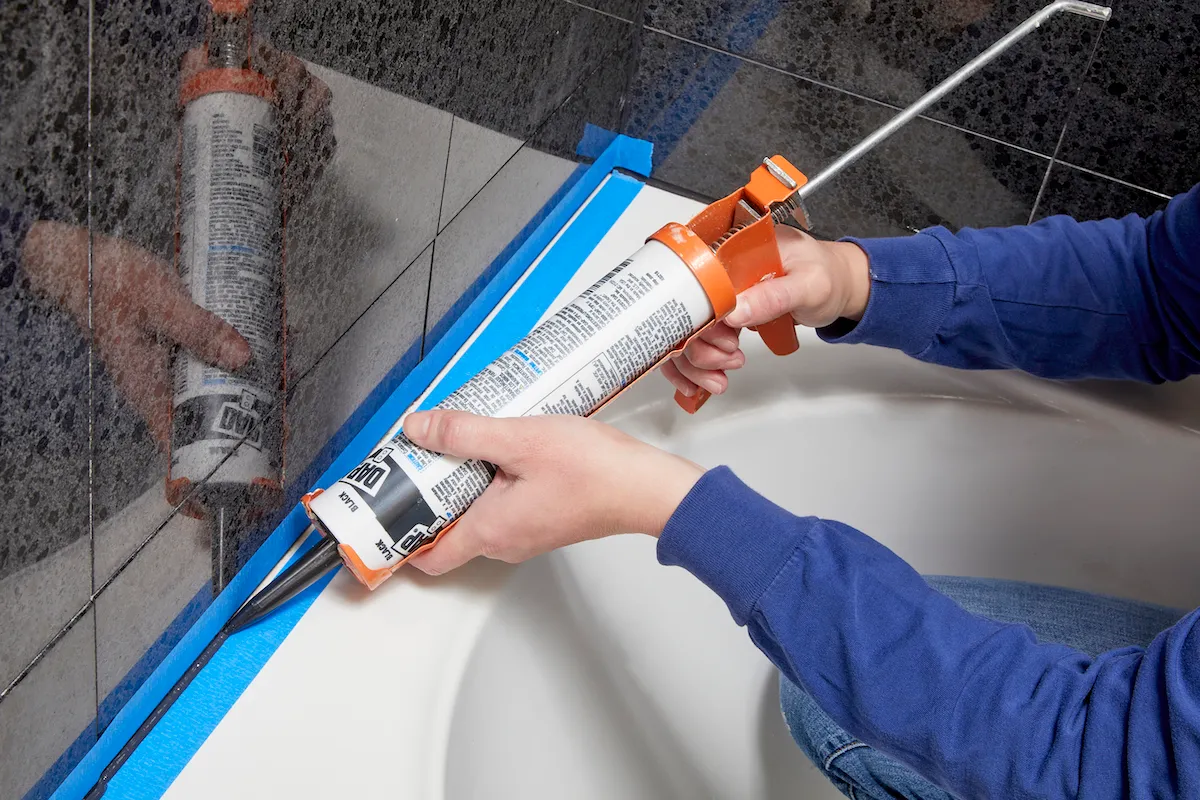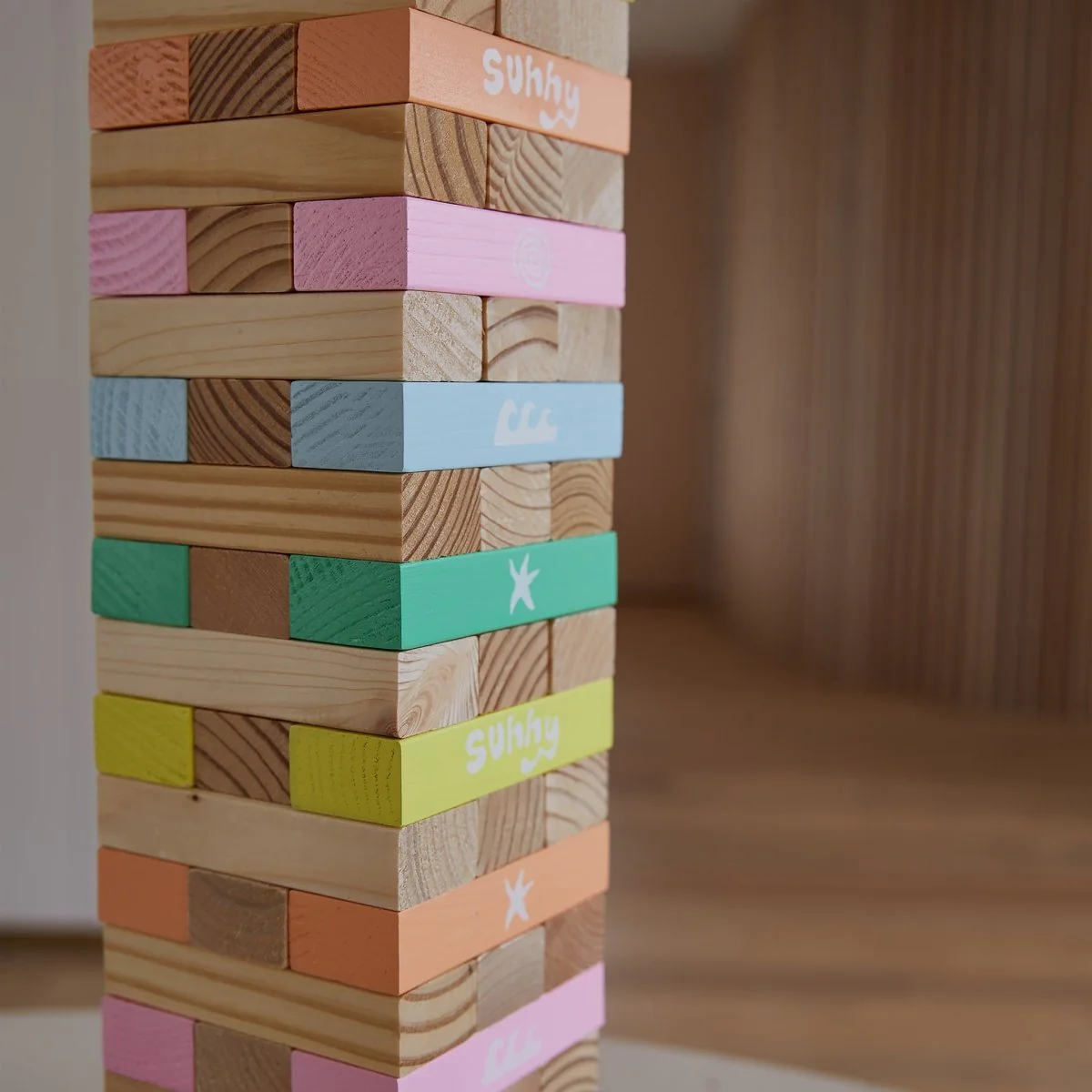Silicone sealant is a must-have material for home improvement, construction, and DIY projects. It’s known for being waterproof, flexible, and long-lasting — perfect for sealing bathrooms, kitchens, windows, and more. But one of the most common questions people ask is: how long does silicone take to dry?
The answer depends on several factors such as the type of silicone, temperature, humidity, and how thickly it’s applied. Knowing the correct drying and curing time is important if you want your sealant to last and perform perfectly.
Understanding the Difference Between Drying and Curing
Before getting into time frames, it’s important to understand the difference between “drying” and “curing.”
-
Drying means the silicone feels dry to the touch.
-
Curing means it has completely hardened inside and out, forming a durable and flexible seal.
While silicone may dry on the surface in 30 minutes to 1 hour, it usually takes 24 to 48 hours to cure completely.
Average Silicone Drying Times
Here’s a general guide based on the type of silicone you’re using:
-
Standard Acetoxy Silicone (Common household use)
-
Touch-dry: 20 to 30 minutes
-
Fully cured: 24 hours
-
-
Neutral Cure Silicone (For wood, metal, or concrete)
-
Touch-dry: 1 to 2 hours
-
Fully cured: 24 to 48 hours
-
-
High-Temperature or Industrial Silicone
-
Touch-dry: 1 to 3 hours
-
Fully cured: 48 to 72 hours
-
Always check the product label for exact drying times because each brand and formula can vary slightly.
Factors That Affect Silicone Drying Time
-
Temperature
Silicone cures faster in warmer temperatures. The ideal range is 20°C to 30°C (68°F to 86°F). Cold weather can slow down the process significantly. -
Humidity
Silicone actually needs moisture from the air to cure. A humidity level of 40% to 60% is ideal. In dry environments, curing may take longer. -
Thickness of Application
A thick layer of silicone will take longer to cure than a thin one. Always apply silicone in a smooth, even line to help it dry faster and seal better. -
Airflow
Good ventilation helps the curing process. Keep windows open or use a fan if you’re working indoors. -
Surface Type
Non-porous surfaces (like glass or tile) allow silicone to dry faster. Porous materials (like wood or concrete) may absorb moisture and slow the drying time.
How to Speed Up Silicone Drying Time
If you want to make silicone dry faster, here are some effective tips:
-
Increase airflow: Use a fan or open windows to help air circulate.
-
Add humidity: In dry weather, place a bowl of water nearby to add moisture to the air.
-
Use gentle heat: A low-temperature heat lamp can help, but avoid excessive heat that may damage the silicone.
-
Apply thin layers: A thinner bead dries and cures faster than a thick one.
Avoid touching or disturbing the silicone during the curing process — this can ruin the finish and weaken the seal.
How to Tell If Silicone Is Fully Cured
You can check whether your silicone is fully cured using a few simple methods:
-
Touch test: The surface should feel smooth and firm, not sticky.
-
Flexibility test: Once cured, the silicone should feel slightly rubbery and flexible.
-
Odor test: Acetoxy silicone has a vinegar-like smell when fresh. If the smell is gone, it’s likely cured.
Common Mistakes to Avoid
-
Applying silicone on a wet surface: Always make sure the area is completely dry. Moisture prevents proper adhesion.
-
Using it before it’s cured: Water exposure or pressure too soon can break the seal and cause leaks.
-
Applying too much at once: Thick applications take much longer to dry and can trap air bubbles inside.
When Can You Use the Area Again?
-
Bathroom or Shower Sealant: Wait 24 hours before using water.
-
Kitchen Countertops or Sinks: Allow 24 to 48 hours for full curing.
-
Outdoor Applications: Give at least 48 to 72 hours, especially in cool or humid weather.
Patience is key — rushing the process can lead to weak seals and water damage later.
Tips for Best Results
-
Clean the surface thoroughly before applying silicone.
-
Use masking tape to keep edges neat.
-
Smooth the silicone bead immediately after application using a silicone finishing tool or your finger dipped in soapy water.
-
Allow proper curing time before exposing to moisture.
Final Thoughts
So, how long does silicone take to dry?
In most cases, it takes about 30 minutes to 1 hour to dry on the surface and 24 to 48 hours to cure completely.
Allowing silicone to cure fully ensures a long-lasting, waterproof, and flexible seal. Whether you’re sealing a bathtub, window frame, or sink, giving it enough time to set properly will help you achieve professional, durable results every time.











